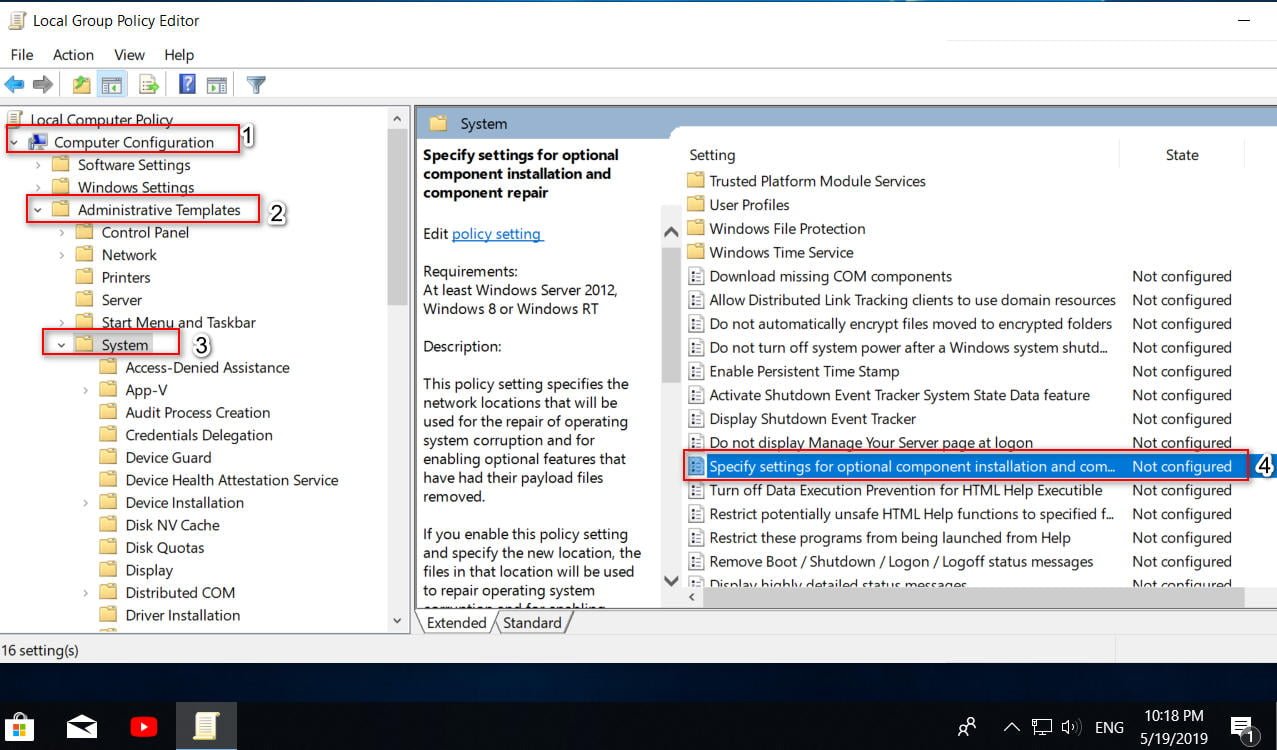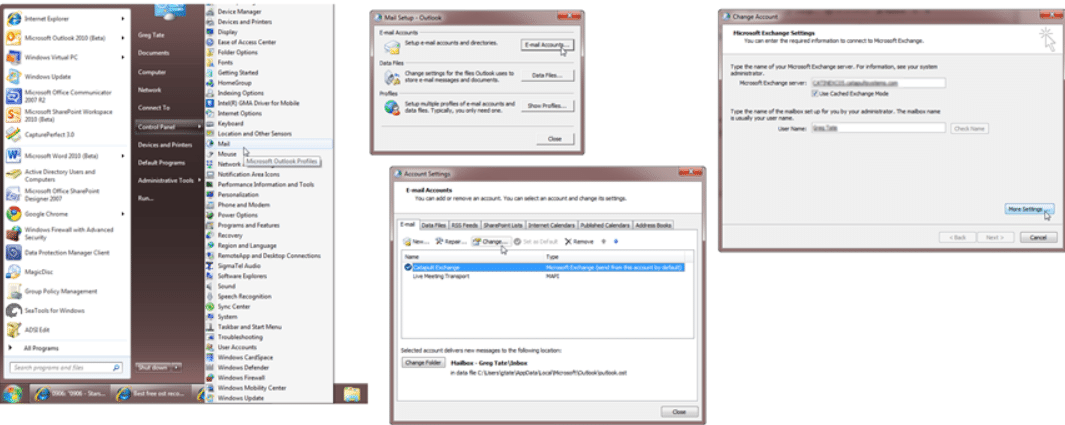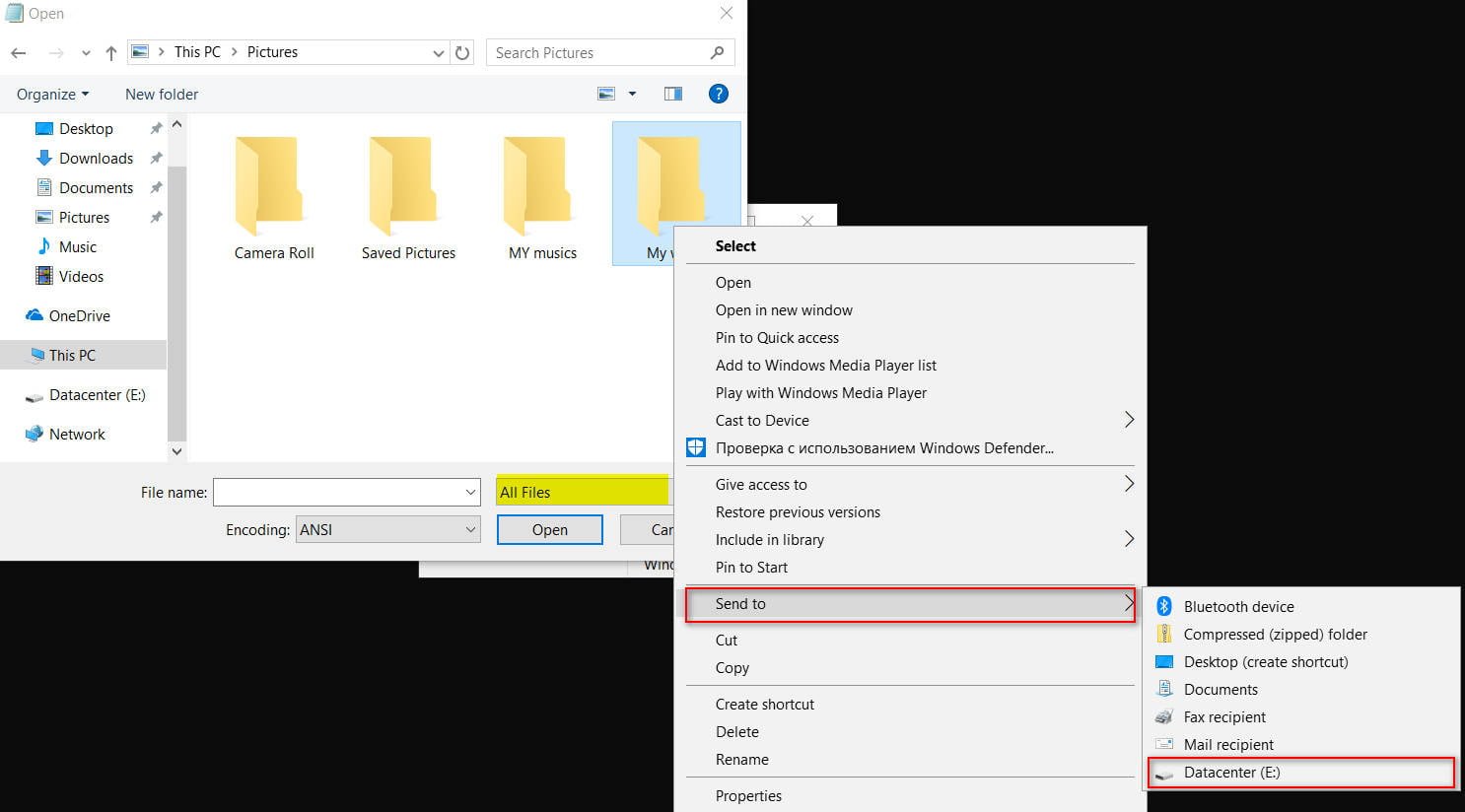
3 things for better asset management
Managing assets that potentially can increase in value in the future is known as asset management. The management includes the aspects of purchasing, maintaining, and developing the investments. The prime motive of asset management is to increase the wealth of the organization.
Organizations may have in-house asset managers or hire based on requirements. Asset managers are popularly known as financial advisors, portfolio managers, etc. Asset management is becoming popular among high-risk investment enthusiasts; the management of assets includes mitigation of risks.
The types of asset management include digital asset management, fixed asset management, IT asset management, enterprise asset management, financial asset management, and infrastructure asset management.
The advancing asset management technologies such as mobile data collection significantly increase the benefits of asset management. For, such technologies enable better management of assets.
BETTER ASSET MANAGEMENT
- MOBILE DATA COLLECTION
Asset management is effective with proper decisions only; this is where data analysis comes in handy. The data analysis in asset management is incredibly convenient for stockbrokers and fund managers to decide precisely on investment matters.
Data analysis through mobile data collection aids the organization in gaining accurate insights via superior quality data. Data collection via mobile is one of the latest technologies to collect qualitative and quantitative information using mobiles.
The tool can be efficiently chosen based on the consideration of factors such as majority user language, the reading level of the organization worker, stable mobile connection at home and office, and most importantly, the user’s digital literacy level.
The mobile data collection tools enable organizations to make smarter management decisions across the globe. The data collection via mobile is helpful to access crucial research data comparatively faster than the traditional data collection methods.
The speed and precision of the data collection tools are essential for the organization to discover helpful information that supports the organization’s informed decisions that provide a competitive edge in the market. The types of data analysis include prescriptive analysis, descriptive analysis, predictive analysis, and diagnostic analysis.
The utilization of mobile data collection through data analysis in asset management is through various steps such as understanding the business, raw data collection, data extraction, data transformation, data visualization, statistical analysis, data model development, and recommendation.
The recommendation report includes information that enhances asset management; this includes target audience identification, business priority suggestion, practical strategies, etc. The other benefits of using digital data collection tools include cost reduction, safe backup, and collection process flexibility.
- FIXED ASSET MANAGEMENT
The assets such as equipment, plant, and property fixed on the land are known as fixed assets; the management of such assets is known as fixed asset management. Fixed assets contribute significantly to generating income for the company.
The assets depreciate over time, and thus they require adequate maintenance for optimal performance. The best maintenance method includes determining the responsible person for the assets, understanding the asset life cycle along with depreciation, routine assets tracking, and implementing an automated asset management solution.
To maximize the benefits of fixed asset management, organizations must understand their financial reports, especially the income statement. It provides an overview of a company’s financial performance over a specific period, usually one year. By analyzing the details on the income statement, organizations can identify trends in revenue, expenses, and profits. It is therefore crucial to track fixed asset expenses and depreciation accurately to make informed financial decisions.
- ENTERPRISE ASSET MANAGEMENT
This is one of the advancing asset management systems that integrate everything that belongs to the enterprise within a software; this includes infrastructure, physical assets, etc. The software usually provides options such as reports customization, email generation, data visualization, etc. The installation of meters, counters, sensors, etc., helps in managing the enterprise asset better.



